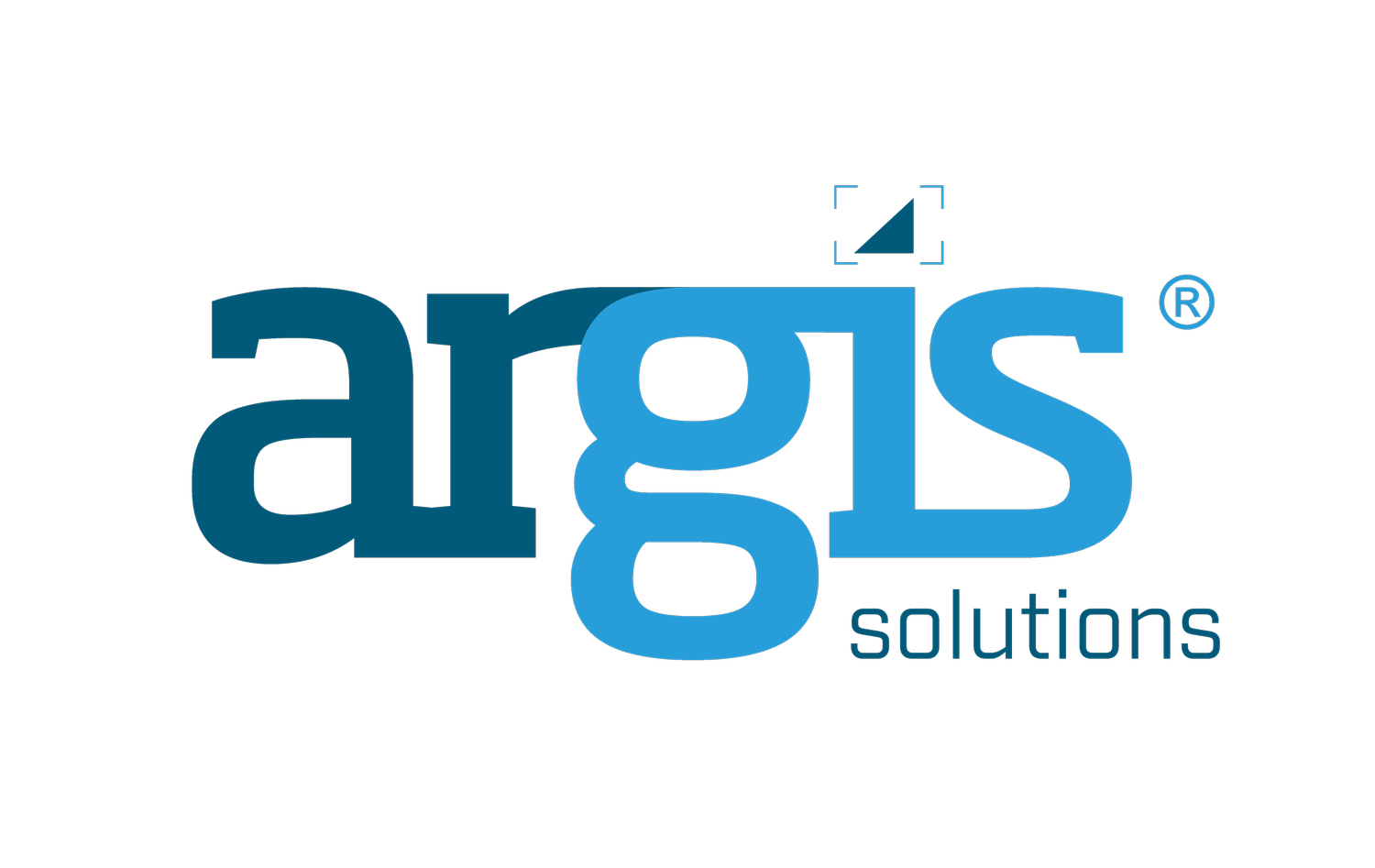Agile and Scrum: Project Management with Rigor, Transparency, and Results
An overview of Agile and Scrum project management.
Its synonyms are nimble, lithe, responsive, active, alert, quick-thinking and clear-headed. The word? Agile. Agile project management was developed 19 years ago when a group of leading software developers met at a resort on Snowbird, Utah to discuss the varied software development approaches that had formed in response to the rigid software development approach of waterfall. Together, they identified the best elements of these various methods in order to create Agile. Agile focuses on:
Within the Agile movement, many different methodologies emerged: Scrum, Kanban, Extreme Programming (XP), Lean Development, and Crystal being the most well-known.
For our consulting projects, Argis Solutions utilizes Scrum software development and project management to deliver excellent results. The Scrum methodology is a customer-focused approach that combines Agile principles with Lean concepts. The Argis development team uses Scrum because of its rigor, transparency, results, and because clients find it easy to understand and engage with, making communication simple and effective.
Rigor
Scrum invites rigor into the process. When a project begins, there are four parties involved: The Scrum master, considered part of the development team, who ensures that the Scrum process is followed as the project unfolds; the product owner, who is the voice and direction of the client's will; the development team, who completes the tasks that lead to a completed project; and the final user, the client, who tests and approves deliverables through the product owner.
When a project begins, stories are developed for each task that is required to fulfill the goals of the project. For example, imagine a client needs a robot that takes pictures of drinking glasses and determines whether or not they are half full. The robot also needs to drive on flat surfaces and have 360 degrees of vision. The stories created for this project could be:
-A robot that drives.
-A robot with 360-degree vision.
-A robot that identifies glasses of water.
-An optimistic robot that can determine if those glasses of water are half full.
Each story becomes a task for the development team to complete. For instance, the robot needs to move. The project manager and the development team decide how the movement should be achieved. Wheels? Tracks? Walking?
Tracks are chosen as the preferred method of movement, and a story is created that will address the task of creating functioning tracks for the robot. Every task related to creating tracks should take no more than 8 hours, and no story should take longer than three weeks to complete. These small blocks of tasks are called sprints.
Every day, a daily standup meeting occurs, and the developers check in for feedback and to account for their work on achieving the tasks that will lead to completion of the story. The focused, transparent approach offered by the daily standup keeps the project moving in the right direction.
Transparency
The client is heavily active throughout the Scrum process. They are always able to see what is happening as the project is underway. In the daily standup, the developers are required to state whether or not they can deliver the particular task at hand that leads to story completion. Transparency also allows the client to adjust some of their goals as the project moves toward the end result. 60% of a project might change from the original scope because the client can easily see the process and redirect.
Results
How many times has someone invested in a project only to end up with a solution that isn’t quite what was needed? Breaking a project down into sprints allows for a responsive process. Perhaps during the process of creating 360-degree vision for the robot, the client realizes that in order for the robot to best meet their needs, it also needs to be able to see in the dark. The Scrum process allows for that minor adjustment: A new story can be created for night vision. This gives the client a final product that they truly want.
Uncertain Times Require Flexibility and Responsiveness
Scrum works well with uncertainty, which could be the slogan for 2020. This was evident during the early part of the year when suddenly the need for health and safety mapping skyrocketed in the GIS sphere of influence. Don’t let 2021 catch you unprepared.
Want to get started in Agile? https://www.agilealliance.org is a great free resource to learn the basics. Need a little more help? Begin your next project well, and request a discovery call with the Argis team to find out how an Scrum-focused, Agile approach can best serve you in the new year.

